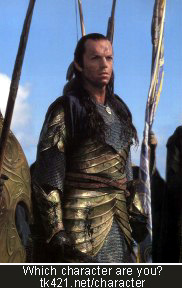"BROKEN TRUST" Policing Replaces "BROKEN WINDOWS" Policing
Once upon a time, "broken windows policing" theory was applied, first in New York City, and then in Los Angeles. This theory held that broken windows left unrepaired, and graffiti that is not painted over, gives out a message that no one cares. Neighborhoods and cities then decline and crime rises. The solution was to strictly enforce misdemeanor laws against littering, vagrancy, turnstile jumping, defacing private property, public urination, and public indecency. Violators suddenly were being arrested, booked and prosecuted. And lo and behold, crime went down, including serious, violent crime, streets were safer and cleaner, and cities prospered.
Then came the Progressives, who declared that this type of policing discriminated against the poor, homeless and minorities (even though they are most often the victims of crime). New, enlightened policies replaced "broken windows policing." Law enforcement officers were ordered by mayors and judges to tolerate vagrancy, public urination and defecation, public indecency, and camping on the sidewalks. Streets were not repaired and garbage piled up, to the joy of rodents. Street crime returned, escorted by filth and disease.
Call it "broken streets policing"; or "broken trust policing."






